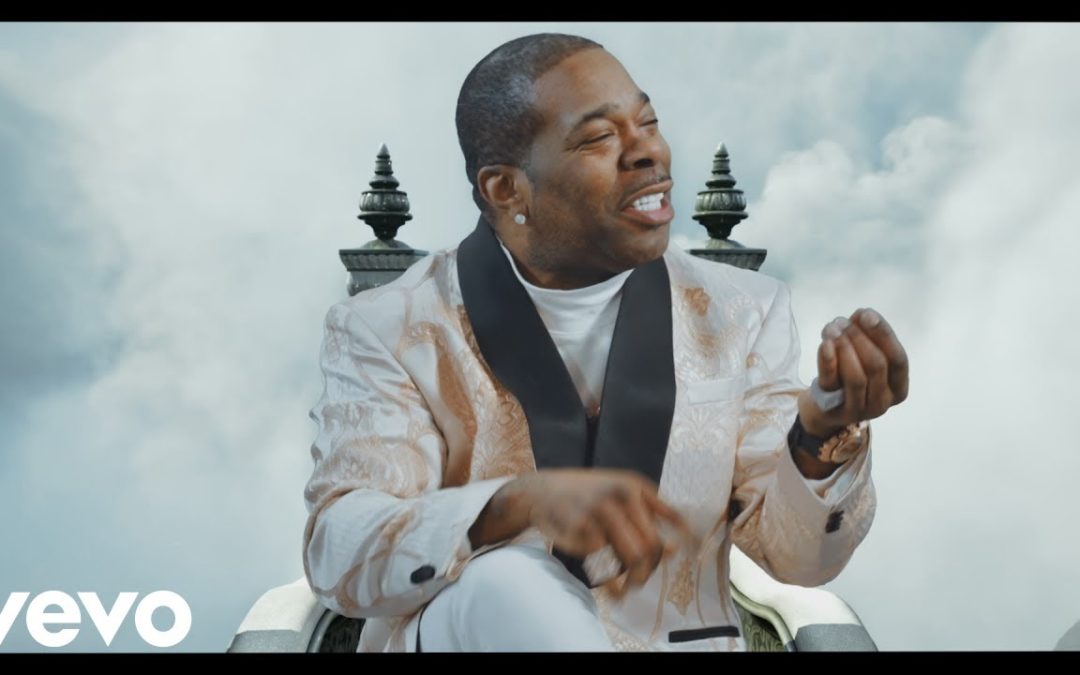
by Jonathan P-Wright | Aug 16, 2024 | Latest, Music News, New Music Alert |
Busta Rhymes, the veteran hip-hop luminary, has once again captivated audiences with the release of an awe-inspiring music video for his latest single, “OK.” Collaborating with the inimitable Young Thug, this dynamic duo has crafted a visual masterpiece that seamlessly blends their distinctive styles and pushes the boundaries of artistic expression.
The Inception: A Boastful Proclamation of Wealth and Ambition
The genesis of “OK” lies in its infectious chorus, where Busta Rhymes and Young Thug boldly proclaim their relentless pursuit of wealth and success. Produced by the talented Cool & Dre and Lovi, the track’s lyrics resonate with an unapologetic confidence, as the artists boast about their financial prowess and unwavering determination to achieve their goals.
A Cinematic Odyssey: From Frozen Tundras to Celestial Thrones
The accompanying visual for “OK” is a true testament to Busta Rhymes’ creative vision and his ability to push the boundaries of artistic expression. Co-directed by the legendary rapper himself and the esteemed Gaudens Zulu, the video takes viewers on a captivating odyssey through a series of breathtaking landscapes and otherworldly environments.
The journey begins with a CGI-animated depiction of Young Thug in a snowy tundra, surrounded by a pack of majestic wolves. This striking introduction sets the tone for the epic adventure that lies ahead, hinting at the raw power and untamed energy that the two artists bring to the table.
Busta Rhymes: A Regal Presence Amidst Celestial Grandeur
As the video progresses, Busta Rhymes makes his grand entrance, appearing as a regal figure seated upon a throne in the clouds, surrounded by a pride of lions. This powerful imagery evokes a sense of majesty and authority, reinforcing the rapper’s status as a true titan in the hip-hop realm.
The Flipmode alum’s commanding presence is further accentuated by his appearance alongside a troupe of dancers in a red-tinted environment, reminiscent of the Ancestral Plane from the acclaimed film “Black Panther.” This visually striking setting pays homage to the rich cultural heritage and artistic traditions that have inspired Busta Rhymes throughout his illustrious career.
A Masterful Fusion of Styles and Influences
One of the most captivating aspects of the “OK” music video is its seamless fusion of diverse artistic influences and cultural references. From the CGI-animated sequences to the regal imagery and the nods to African mythology, the video showcases Busta Rhymes’ ability to seamlessly blend various elements into a cohesive and visually stunning narrative.
This masterful blending of styles and influences is a testament to the rapper’s versatility and his unwavering commitment to pushing the boundaries of artistic expression. By incorporating elements from various cultural and artistic traditions, Busta Rhymes and Young Thug have created a visual experience that transcends genre boundaries and resonates with audiences on a universal level.
The “BLOCKBUSTA” Era: A Collaborative Masterpiece
The “OK” single is a part of Busta Rhymes’ highly anticipated 11th studio album, “BLOCKBUSTA,” which promises to be a monumental release in the hip-hop world. Executive produced by the legendary trio of Pharrell Williams, Timbaland, and Swizz Beatz, the album features an impressive lineup of guest artists, including Quavo, BIA, Coi Leray, DaBaby, T-Pain, Chris Brown, Shenseea, Giggs, and Kodak Black.
With such an illustrious lineup of collaborators, “BLOCKBUSTA” is poised to be a true masterpiece, showcasing Busta Rhymes’ unparalleled skill and versatility as an artist. The “OK” music video serves as a tantalizing glimpse into the creative genius that has gone into crafting this highly anticipated body of work.
A Celebration of Artistry and Cultural Expression
Beyond its visual splendor and musical prowess, the “OK” music video stands as a powerful celebration of artistry and cultural expression. By seamlessly blending elements from various artistic traditions and cultural backgrounds, Busta Rhymes and Young Thug have created a work that transcends boundaries and speaks to the universal language of creativity.
Through their collaboration, these two titans of the hip-hop world have demonstrated the power of artistic expression to unite people from diverse backgrounds and inspire a shared appreciation for the beauty and richness of cultural diversity.
The “BLOCKBUSTA Tour”: A Live Extravaganza
In conjunction with the release of his highly anticipated album, Busta Rhymes will be embarking on the “BLOCKBUSTA Tour,” a live extravaganza that promises to take audiences on an unforgettable journey through his illustrious career and the world of hip-hop.
Accompanied by the talented Spliff Star and DJ Scratchator as supporting acts, and with the promise of surprise guest appearances on select dates, the “BLOCKBUSTA Tour” is poised to be a truly immersive experience for fans of Busta Rhymes and hip-hop enthusiasts alike.
A Legacy of Artistic Excellence and Innovation
Throughout his illustrious career, Busta Rhymes has consistently pushed the boundaries of hip-hop, blending genres, and embracing diverse cultural influences to create a truly unique and innovative sound. From his early days as a member of the iconic group Leaders of the New School to his solo endeavors, the rapper has consistently demonstrated an unwavering commitment to artistic excellence and a willingness to take risks.
With the release of the “OK” music video and the upcoming “BLOCKBUSTA” album, Busta Rhymes has once again solidified his status as a true visionary in the world of hip-hop. His ability to seamlessly blend visual artistry with musical prowess is a testament to his enduring talent and his unwavering dedication to pushing the boundaries of creative expression.
A Lasting Impact on Hip-Hop Culture
The collaboration between Busta Rhymes and Young Thug on “OK” is a powerful testament to the enduring spirit of artistic collaboration and the synergy that can be achieved when two creative forces unite. By combining their unique styles and perspectives, these two artists have created a work that transcends the sum of its parts, offering audiences a truly unforgettable experience.
Through their partnership, Busta Rhymes and Young Thug have demonstrated the power of artistic synergy and the transformative impact that can be achieved when creative minds come together in pursuit of a shared vision.
The “OK” music video and the forthcoming “BLOCKBUSTA” album are poised to leave an indelible mark on the hip-hop landscape, solidifying Busta Rhymes’ status as a true icon and a driving force in the evolution of the genre. Through his unwavering commitment to artistic excellence, his willingness to embrace diverse cultural influences, and his ability to forge powerful collaborations, the rapper has cemented his legacy as a trailblazer and a true visionary.
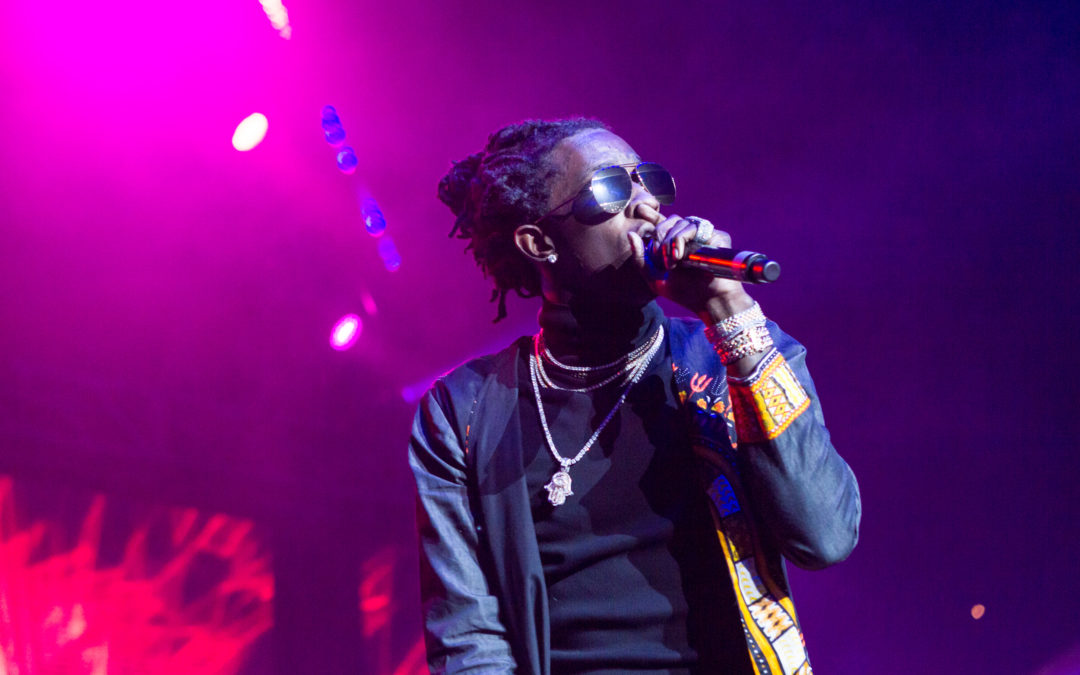
by Laghe Andrews | Mar 1, 2024 | Latest, Music News |
Image credit: Jamie Lamor Thompson / Shutterstock.com
Young Thug, a name that has become synonymous with the music industry’s rebellious spirit, recently found himself in the news yet again. This time, it wasn’t for a chart-topping hit or a controversial statement. No, it was for something far more mundane – a speeding ticket.
The Incident
In 2021, Young Thug, real name Jeffery Lamar Williams, was pulled over in his hometown of Atlanta for driving above the speed limit. What followed was a compelling exchange caught on body cam footage, revealing a unique side of the rapper’s persona.
The Plea
As the police officer approached the car, Thugger began pleading with him to let him off with a warning. “Can I please get a warning? I don’t think I can take the ticket,” he implored.
“Why can’t you take a ticket? There are people that make $20,000 a year that take a ticket,” the officer retorted.
The Explanation
Unfazed by the officer’s response, Thug continued to reason with him. In a surprisingly candid moment, he revealed that the issue was not about the money, but rather, he didn’t want another ticket since he had recently gotten his license back.
YSL and the RICO Trial
This incident occurred three months into YSL’s ongoing RICO trial. Young Stoner Life Records, or YSL, is Thug’s record label. The label has been battling legal challenges, adding another layer of complexity to Thug’s situation.
Conclusion
The incident, caught on body cam footage, provides a glimpse into the life of the enigmatic rapper. Despite his larger-than-life persona, this incident serves as a reminder that even superstars face mundane challenges like the rest of us.
This intriguing tale of Young Thug and the speeding ticket is yet another chapter in the rapper’s eventful life, ensuring his position as one of the most talked-about figures in music news today.

by Minnee | Sep 15, 2023 | Latest, Music News, New Music Alert |
Image credit: Franklin Sheard Jr / Shutterstock.com
On September 9, Gunna, a well-known figure in the music industry, staged a memorable performance at Barclays Center, located in the heart of Brooklyn. This marked the rapper’s first appearance on stage following his release from jail in December of 2022. Notably, during the performance, the rapper, known for his hit “fukumean,” made a rallying cry for the release of Young Thug, visually reinforcing his message with bold “Free Jeffery” graphics.
The Legal Complications
Jeffery Lamar Williams, better known by his stage name, Young Thug, found himself entangled in a legal web along with several others, including Gunna. In May of 2022, they were indicted on 56 counts as part of a RICO (Racketeer Influenced and Corrupt Organizations Act) case. Gunna faced charges of conspiracy to violate the RICO Act.
Gunna’s Release and Alford Plea
The legal proceedings took a turn when Gunna entered what is known as an Alford Plea, leading to his release. An Alford Plea is a unique plea wherein a defendant does not admit guilt but acknowledges that the prosecution has enough evidence to secure a conviction. Gunna used this legal strategy to navigate his release.
In a statement provided to Complex, Gunna expressed, “I have chosen to end my own RICO case with an Alford plea and end my personal ordeal by publicly acknowledging my association with YSL.” He further elaborated on the nature of an Alford plea in his case, highlighting that it referred to the entry of a guilty plea to one charge, which was in his best interest, while simultaneously maintaining his innocence towards the same charge. Gunna also used his statement to affirm his continued association with YSL music and express his intentions to use his experience to educate the youth about the destructive path of “gangs” and violence.
Conclusion
While Gunna’s performance made headlines, his advocacy for Young Thug‘s release made a significant impact. It remains to be seen whether his legal strategies and public support will have any influence on Young Thug’s legal predicament. In the meantime, fans eagerly await Gunna’s next performance and future releases.
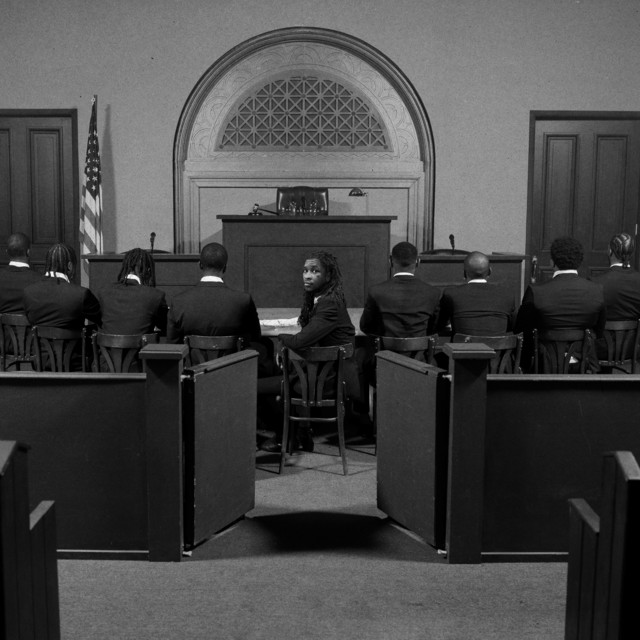
by Fabiola Noel | Jul 3, 2023 | Latest, Music News, New Music Alert |
In a surprise announcement today (June 23), Young Thug unveils his latest album, BUSINESS IS BUSINESS. On top of those 15 tracks, the album features more than a dozen other features, such as Drake, 21 Savage, Future, Travis Scott, Lil Uzi Vert, and more. Additionally, Metro Boomin has been credited with the role of executive producer on the project.
“Parade on Cleveland,” the project’s opening song, contains a phone conversation between Drake and the artist responsible for the hit single “Best Friend,” with the latter in high spirits throughout the call. “There’s nothing I’m doing, man; I’m just pushing more Peter, and I’m pushing it much sweeter, much better than any other Peter pusher around, so do you hear me, this is what I’m saying to my Canadian counterpart, you can’t hear me.\
This album lands on the scene during Thugger’s ongoing legal battle – a battle that stems from a RICO charge that Thugger and a handful of other members of the group Young Stoner Life (YSL) have been charged with. There have been some members of this group, including longtime collaborator Gunna, who have since been released following plea deals they made. As of last Friday (16 June), Gunna, who is known for all the words he uses to describe his music, has released his newest project titled A Gift & a Curse, where he provides his perspective on these issues.
While Young Thug has been back in jail for more than a year, he has remained on the radar from a musical perspective despite his time in prison. In the years before Young Thug was introduced to the world of BUSINESS IS BUSINESS, he appeared on popular songs such as Calvin Harris “Potion,” Lil Baby “Never Hating,” Killer Mike “RUN,” G Herbo “Breathe Slow,” Quavo and Takeoff “Chocolate,” and Rae Sremmurd “Royal Flush.” Accordingly, in July 2022, the Atlanta star sent an audio message to HOT 97 during the festival of Summer Jam on.
“I would just like to take this opportunity to thank all my friends and family for coming out and supporting us on this day,” he said. YSL and I are not the only ones affected by this. Throughout my career, I have used music to express myself artistically, and I now realize that Black artists and rappers are not allowed to do so. Everyone is kindly requested to sign the petition in support of Protect Black Art and to continue to pray for us. All of you are dear to me.”
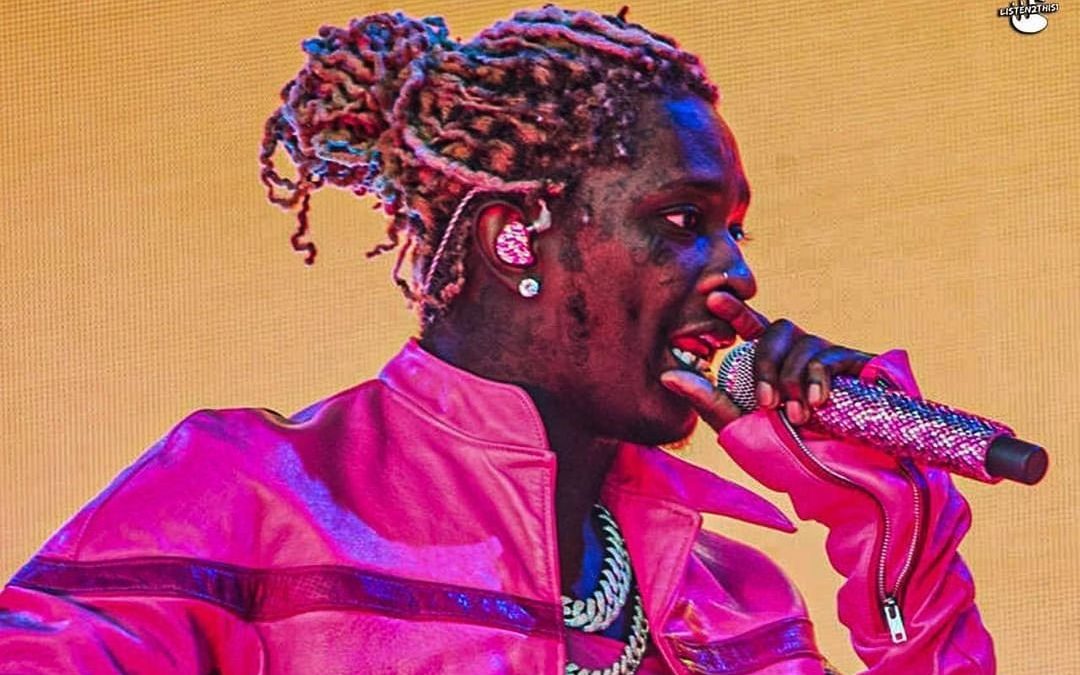
by Voshawn Johnson | Oct 25, 2021 | Latest, Music News |
Young Thug music reigns continues
The best-selling album in the country is Young Thug’s Punk. MRC Data reports that Thugger’s second solo studio album lands at No. 1 on the Billboard 200 albums chart following a week-ending sales of 90,000 album equivalents. In Billboard’s assessment, this is Thug’s third No. 1 album. As part of his first week of release, So Much Fun and Slime Language 2 both reached No. 1 on the Billboard 200 chart, while simultaneously reaching the top music downloads.
102 million on-demand streams and 1,000 track equivalent albums have been accessed by Thug. In terms of album equivalent units, Punk won with 90,000 over Drake’s Certified Lover Boy, which slipped to No. 2 after earning 83,000. As of this writing, CLB has spent four nonconsecutive weeks at the top of the charts, the most that a hip hop album has spent on top this year.
Numbers don’t lie with Young Thug
In terms of music equivalent units, Mac Miller’s Faces mixtape debuted at number three on the Billboard 200 chart. Streaming services re-released Faces in October, which was originally released in 2014. In an odd twist of fate, Mac Miller and Drake are both featured on Young Thug’s “Punk” project. There are multiple contributions by Drake on his album and he showcases the talent on “Bubbly” with Travis Scott, and Mac makes appearances on “Day Before.”
Thugger admitted last week that he spent time in the studio with Mac – in 2018 – the day before he overdosed on pills. Young Thug’s career is decorated with rewards and critical acclaim.
This article was penned by Jonathan P. Wright. Jonathan is a freelance writer for multiple mainstream publications and CVO of RADIOPUSHERS. You can read more of his work by clicking here.






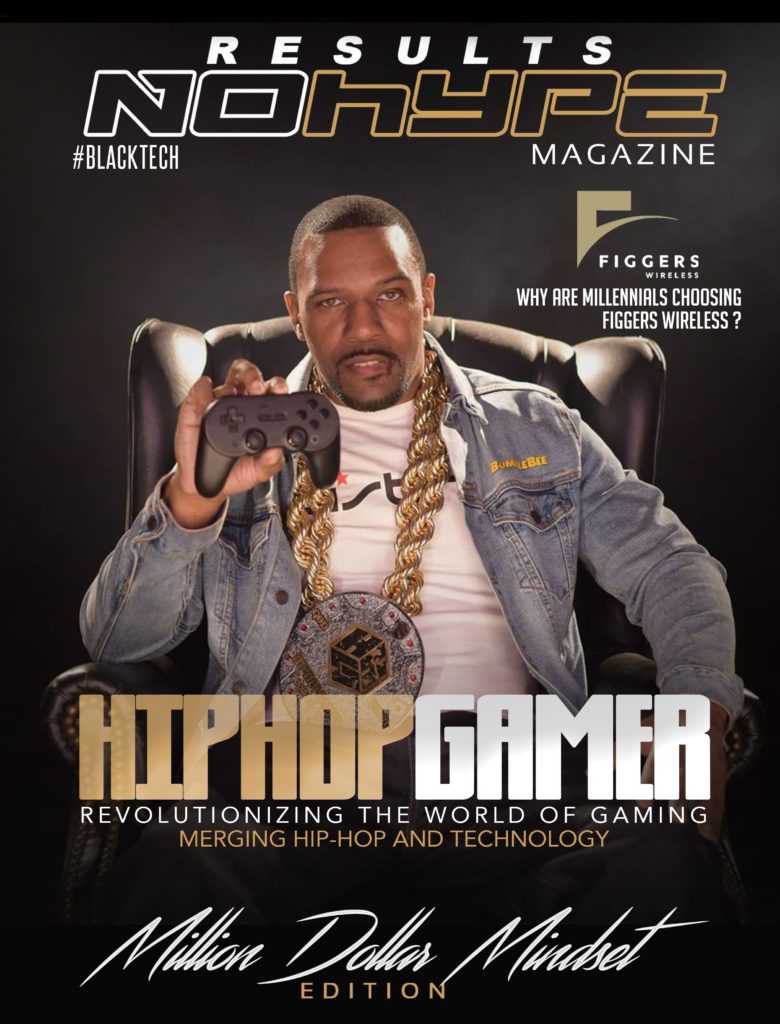
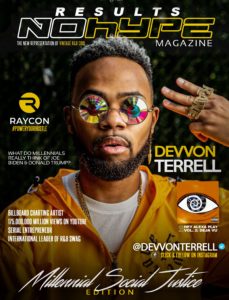
RECENT COMMENTS